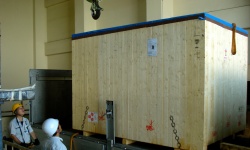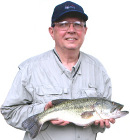Video of the week
ASACUSA to precisely measure antiproton massCERN scientists and a group at Max Planck Institute in Munich are together working on ASACUSA, a new experiment that uses antiprotonic helium atoms to more precisely measure the mass of the antiproton. |
In the News
-
from Iwate Nippo23 August 2011The government has included the ILC in Japan’s outline for basic science and technology, a 5-year national science and technology plan from 2011, as one of the recovery measures from the earthquake.
-
from Nature22 August 2011The Higgs boson, the most sought-after particle in all of physics, is proving tougher to find than physicists had hoped.
-
from symmetry breaking22 August 2011Two experimental collaborations at the Large Hadron Collider, located at CERN laboratory near Geneva, Switzerland, announced today that they have significantly narrowed the mass region in which the Higgs boson could be hiding.
-
from BBC News22 August 2011Scientists at the Large Hadron Collider say a signal that suggested they might have seen “hints” of the long-sought Higgs boson particle has weakened.
-
from Reuters22 August 2011Scientists chasing a particle they believe may have played a vital role in creation of the universe indicated on Monday they were coming to accept it might not exist after all.
-
from Physics Viewpoint22 August 2011The most interesting Majorana fermions that are predicted to appear in materials are zero-dimensional bound states confined to live on various types of topological defects. In a paper published in Physical Review Letters, Pavan Hosur and collaborators from the University of California, Berkeley, predict that these bound states are found in the vortices of the superconductor CuxBi2Se3.
-
from The Daily Californian21 August 2011Berkeley lab researchers, collaborating with 250 physicists and engineers worldwide to form the China-based Daya Bay Reactor Neutrino Experiment, are working to decipher specific properties of neutrinos in order to answer questions about how they function through time and space.
-
from Fermilab Today19 August 2011A new experiment planned at Fermilab will allow researchers to peer into the sub-atomic world of virtual particles and resolve a decade old mystery. The Fermilab muon g-2 experiment will use an intense beam of muons, short-lived particles that are similar to electrons but 200 times heavier.
Copyright © 2025 ILC International Development Team




